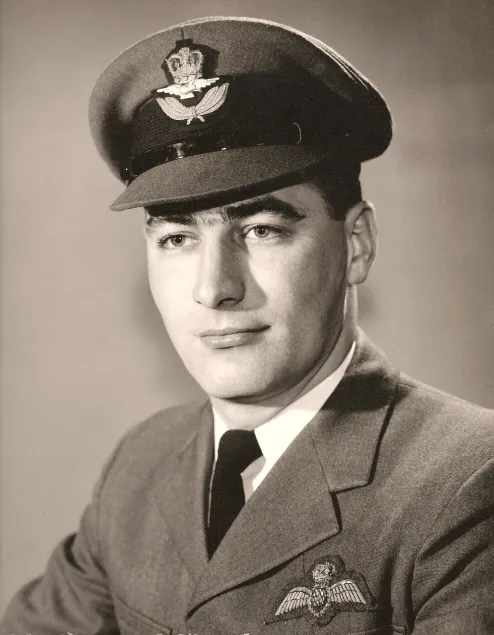Bastie, Lawrence Edward (Captain)
Killed in Flying Accident 1969-May-29
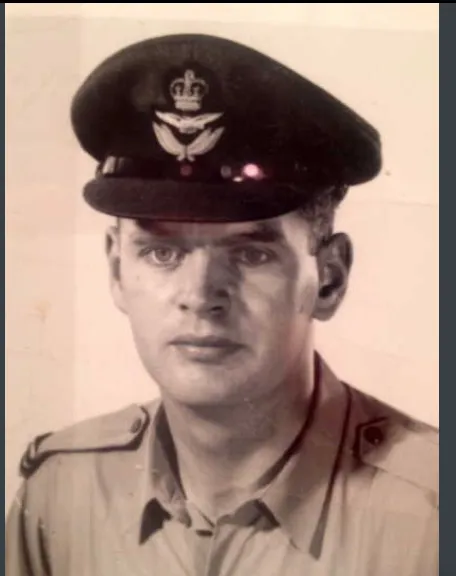

Birth Date: 1940-December-31
Born: Halifax, Nova Scotia
Parents: Son of Lawrence Clifford and Edna Lucy (nee Gritt) Bastie of Halifax, Nova Scotia. Brother of Lorraine, Paul and Paula.
Spouse: Husband of Patricia Anne (nee Oickle) Bastie. Father of Lynn and Kathle
Home: Halifax, Nova Scotia
Enlistment: Centralia, Ontario
Enlistment Date: 1959-May-01
Service
RCAF
Unit
409 Sqn- Squadron
Media Nox Meridies Noster Midnight is Our Noon
Base
Rank
Captain
Position
Service Numbers
62336
Home
Voodoo serial: 17468
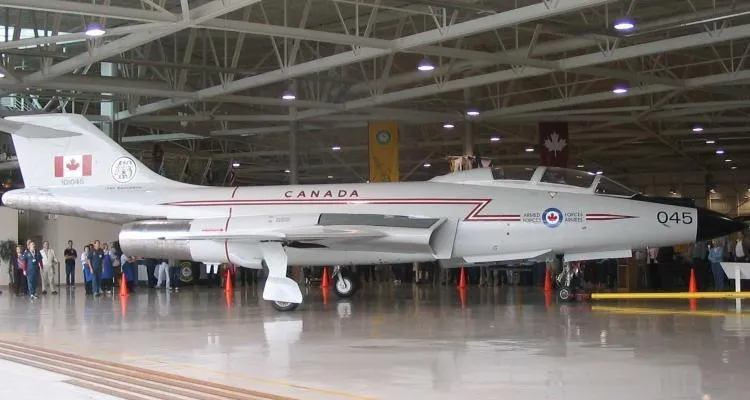
The McDonnell CF-101 Voodoo was an all-weather interceptor fighter operated by the RCAF and the Canadian Forces between 1961 and 1987. They were manufactured by the McDonnell Aircraft Corporation of St. Louis, Missouri for the USAF (as F-101s), and later sold to Canada. Canada purchased F-101s in two batches. The Royal Canadian Air Force purchased 56 F-101B and 10 F-101F aircraft from the United States in 1961. The surviving first batch CF-101s were exchanged in 1970 ââ"�¬â€œ 1972 for 56 lower time USAF F-101B and 10 F-101F aircraft. The second batch of Voodoos served as front line interceptors for the Canadian Armed Forces until the end of 1984. Additionally, one further F-101 (a unique electronic warfare conversion) was leased to Canada from 1982 to 1987.
The Voodoos replaced the obsolete Avro CF-100 Canuck in the RCAF's all-weather fighter squadrons. The Voodoo's primary armament was nuclear AIR-2A Genie unguided air-to-air rockets, and there was significant political controversy in Canada about their adoption. Although they never fired a weapon in wartime, the CF-101 served as Canada's primary means of air defence from Quick Reaction Alert facilities at Canadian airbases. Canadian Voodoo operations finally concluded in April 1987 and on their retirement, they were replaced with McDonnell Douglas CF-118 Hornet fighters. Many examples are preserved in museums and parks in Canada and the USA.
The first deliveries of Voodoos to Canada took place under the designation Operation Queens Row between July of 1961 and May of 1962. The delivery included 25 F-101B-115-MCs and 31 F-10B-120-MCs, all produced in 1959, and ten F-101F two-seat operational trainers, including four F-101F-116-MCs and six F-101F-121-MCs. RCAF CF-101Bs and CF-101Fs were assigned new Canadian serial numbers using the last three digits of their USAF serials prefixed by the number 17. The first 45 CF-101Bs and CF-101Fs entered operational service on 13 Nov 1961 with No. 410 "Cougar" Squadron based at Ottawa, Ontario. Voodoos were flown by No. 409 "Nighthawk" Squadron based at Comox, British Columbia, No. 414 "Black Knight" Squadron based at North Bay, Ontario, No. 416 "Lynx" Squadron based at Chatham, New Brunswick, and No. 425 Squadron "Alouette" Squadron based at Bagotville, Quebec.
In 1970-71, the 46 surviving CF-101Bs and CF-101Fs were exchanged with the USAF for 56 refurbished and modernized F-101B interceptors and ten new F-101F operational trainers under "Operation Peace Wings". These ex-USAF Voodoos were from earlier production batches, but had been upgraded with infrared sensors and improved fire control systems as part of "Project Bold Journey." In Canadian service, this new batch of 66 Voodoos were assigned consecutive serial numbers in the 101001 to 101066 range, with the ten CF-101Fs being given the numbers 101001/101007, 101022, 101024 and 101052. These modernized Voodoos remained in service with Nos. 409, 410, 416, and 425 Squadrons until replaced by McDonnell Douglas CF-188A and CF-188B Hornets in the early 1980s.Harold A Skaarup Web Page
Unit Desciption
409 Sqn Media Nox Meridies Noster ("Nighthawk" )
History of the Squadron during World War II (Aircraft: Defiant I, Beaufighter IIF, VIF, Mosquito NF XIII)
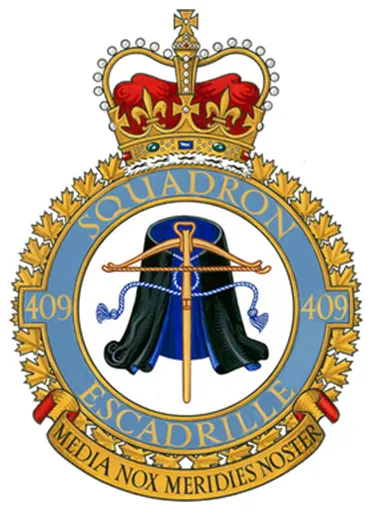
The squadron was formed at Digby, Licolnshire UK ![]() on June 17, 1941 as the RCAF’s 7th squadron formed overseas during WWII. It was designated as a night fighter unit and was originally equipped with Boulton Paul Defiant Mk. 1 aircraft. These were rapidly superseded in September 1941 by Bristol Beaufighter Mk. IIF night fighter aircraft. The squadron participated in the night air defence of Great Britain and its first victory was registered in November 1941 by the CO, Wing Commander Paul Davoud. From July 1941 to February 1943 the squadron was based at Coleby Grange, Lincolnshire. In June 1942 the squadron re-equipped with the Beaufighter VIF. In February 1943 t6he squadron moved to Acklington, Northumberland where it remained until February 1944. At that time, while remaining at Acklington, the squadron became part of No 147 (RAF) Wing of the Second Tactical Air Force. It re-equipped with de Havilland Mosquito NF Mk XIII aircraft and after short stays at West Malling, Kent and Hunsdon, Hertfordshire, during which it covered the D-Day landings, it was the first night fighter squadron to cross to Normandy and operate from the Continent. Thereafter it followed the invading troops through France, Belgium, the Netherlands and finally Germany. From the period June 1944 to May 1945 it was the top-scoring RAF/RCAF night fighter unit. Its tally was 58½ aircraft and12 V-1 flying bombs. The squadron was disbanded at Twente, the Netherlands
on June 17, 1941 as the RCAF’s 7th squadron formed overseas during WWII. It was designated as a night fighter unit and was originally equipped with Boulton Paul Defiant Mk. 1 aircraft. These were rapidly superseded in September 1941 by Bristol Beaufighter Mk. IIF night fighter aircraft. The squadron participated in the night air defence of Great Britain and its first victory was registered in November 1941 by the CO, Wing Commander Paul Davoud. From July 1941 to February 1943 the squadron was based at Coleby Grange, Lincolnshire. In June 1942 the squadron re-equipped with the Beaufighter VIF. In February 1943 t6he squadron moved to Acklington, Northumberland where it remained until February 1944. At that time, while remaining at Acklington, the squadron became part of No 147 (RAF) Wing of the Second Tactical Air Force. It re-equipped with de Havilland Mosquito NF Mk XIII aircraft and after short stays at West Malling, Kent and Hunsdon, Hertfordshire, during which it covered the D-Day landings, it was the first night fighter squadron to cross to Normandy and operate from the Continent. Thereafter it followed the invading troops through France, Belgium, the Netherlands and finally Germany. From the period June 1944 to May 1945 it was the top-scoring RAF/RCAF night fighter unit. Its tally was 58½ aircraft and12 V-1 flying bombs. The squadron was disbanded at Twente, the Netherlands ![]() on July 1, 1945. The squadron had one ace, Flight Lieutenant R.I.E. Britten. Awards included 2 MBE, 1 DSO, 1 Bar to DFC, 13 DFCs, 2 AFCs, 2 BEMs, 7 MiD and 1 DFC (USA). Battle Honours are: Defence of Britain 1941-44, Fortress Europe 1942-44, France and Germany 1941-45, Normandy 1944, Rhine.Wikipedia, Kostenuk and Griffin
on July 1, 1945. The squadron had one ace, Flight Lieutenant R.I.E. Britten. Awards included 2 MBE, 1 DSO, 1 Bar to DFC, 13 DFCs, 2 AFCs, 2 BEMs, 7 MiD and 1 DFC (USA). Battle Honours are: Defence of Britain 1941-44, Fortress Europe 1942-44, France and Germany 1941-45, Normandy 1944, Rhine.Wikipedia, Kostenuk and Griffin
Maps for Movements of 409 Squadron 1941-45
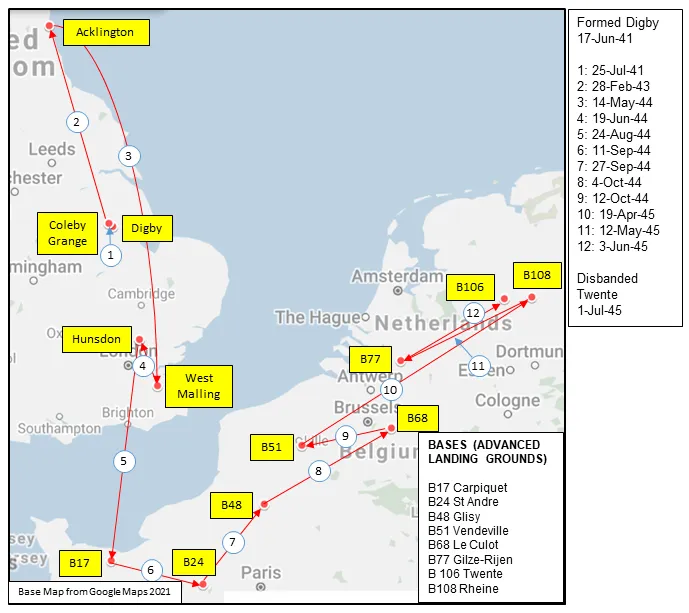
409 Squadron History Summary 1941-45
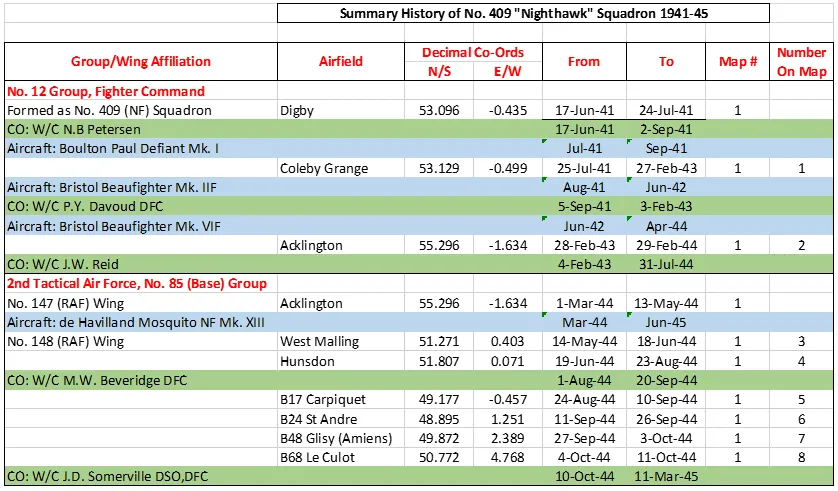
408 Squadron History Summary 1941-45 Page 2

History of the Squadron Post-WWII (Aircraft: CF-100, Voodoo, CF-18 Hornet)
The squadron was re-established at RCAF Station Comox, British Columbia ![]() on 1 November 1954 to provide air defence for Canada's west coast as part of NORAD. Initially equipped with the Canadian designed Avro CF-100 they converted to the CF-101 Voodoo in 1962. The squadron transferred to CFB Cold Lake in 1984 to convert to the CF-18 and then deployed to CFB Baden-Soellingen, Germany
on 1 November 1954 to provide air defence for Canada's west coast as part of NORAD. Initially equipped with the Canadian designed Avro CF-100 they converted to the CF-101 Voodoo in 1962. The squadron transferred to CFB Cold Lake in 1984 to convert to the CF-18 and then deployed to CFB Baden-Soellingen, Germany ![]() as part of Canada's NATO commitment. In October 1990, the squadron was deployed to the Persian Gulf, becoming the first Canadian squadron to see active service since WWII. Tasked with air defence of the allied fleet in the Persian Gulf, the squadron flew operational sorties immediately on arrival at Desert Home (Canada Dry 1 and 2) in Doha, Qatar. While on active duty, the squadron flew over 100 hours in the Middle East without any flight safety incidents. The squadron was then disbanded in 1991 with the withdrawal of Canadian Forces from Europe.
as part of Canada's NATO commitment. In October 1990, the squadron was deployed to the Persian Gulf, becoming the first Canadian squadron to see active service since WWII. Tasked with air defence of the allied fleet in the Persian Gulf, the squadron flew operational sorties immediately on arrival at Desert Home (Canada Dry 1 and 2) in Doha, Qatar. While on active duty, the squadron flew over 100 hours in the Middle East without any flight safety incidents. The squadron was then disbanded in 1991 with the withdrawal of Canadian Forces from Europe.
The squadron was briefly reformed back at Comox as a Combat Support Squadron (without aircraft) but was disbanded again.
409 Tactical Fighter Squadron was re-formed by the consolidation of 416 and 441 Tactical Fighter Squadrons on 6 July 2006 at CFB Cold Lake, Alberta ![]() . On 30 June 2015, personnel and equipment from 409 Tac F Sqn were reassigned to 401 Tac F Sqn, one of two Tac F Sqns within the Royal Canadian Air Force which were stood back up. The squadron complements the duties of 401 Tac F Sqn and, assisted by 410 Tactical Fighter (Operational Training) Squadron, deploys tactical fighter forces to meet Canadian and allied defence needs. Under the umbrella of the NORAD mission, fighter crews are on stand-by 24/7, ready to respond to any aerospace threat. The squadron is now one of two operational CF-18 Squadrons at 4 Wing Cold Lake.
. On 30 June 2015, personnel and equipment from 409 Tac F Sqn were reassigned to 401 Tac F Sqn, one of two Tac F Sqns within the Royal Canadian Air Force which were stood back up. The squadron complements the duties of 401 Tac F Sqn and, assisted by 410 Tactical Fighter (Operational Training) Squadron, deploys tactical fighter forces to meet Canadian and allied defence needs. Under the umbrella of the NORAD mission, fighter crews are on stand-by 24/7, ready to respond to any aerospace threat. The squadron is now one of two operational CF-18 Squadrons at 4 Wing Cold Lake.
